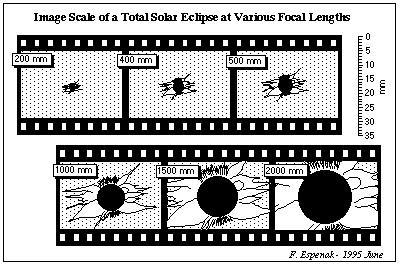

The Rosette Nebula, a showpiece in astrophotos, is a wreath-shaped emission nebula with a pronounced central hole that contains a bright star cluster, NGC 2244. Near Orion, we wandered over to see two of the gems of Monoceros: the Rosette Nebula and the Cone Nebula. We next turned to the small, bright planetary nebula NGC 2022, a view of what our solar system may be like in 6 billion to 7 billion years. We also explored some other goodies in Orion, such as M78, one of the sky’s best reflection nebulae, which appears as a more-or-less circular haze surrounding bright stars. Our 16-inch Dobsonian showed bright deep-sky objects like M42 as almost photographic in their detail, simply lacking the faint portions visible in long-exposure images and the myriad colors human eye receptors are not structured to detect. The dark “fish’s mouth” near the nebula’s center, the bright stars of the Trapezium, and the winged shape of the glowing gas extending upward away from the nebula’s base were all apparent at low power, even without proper dark adaption. The first thing we typically turned to was the Orion Nebula - always a show-stopper not only for our own guests, but for the local families and kids who came in one night to have what was, for many, their first view of the distant cosmos. In late February in Costa Rica, the darkening evening twilight brings on a sky shimmering with the bright stars of the winter Milky Way. The endeavor was ably led by our maestro of logistics and organization, TravelQuest’s Cody Carter.

Our 2020 trip was a joint venture with Astronomy’s travel partner, TravelQuest International.

We swam, rode horses, and enjoyed the beauty of the locale, which is easy to getto - a mere three-hour flight from Miami. Costa Rica is a splendid place and our site offered an incredible natural adventure in addition to the sky, with daily walks to spy dozens of bird species, howler monkeys, crocodiles, and other critters. We had a small but dedicated group of about 20 this year, all primed to observe the southern skies from a Star Lodge plantation camp north of Puntarenas, on the Gulf of Nicoya, near the country’s western edge. This past February, I had the great pleasure to accompany a group of Astronomy readers down to Costa Rica for our annual star party, which lets us see the wonders we can never glimpse from the North. Much as we may love Orion, the Carina Nebula is factors larger and brighter, in a class by itself. That’s when you gaze up at M42 and then look over to the east and see the Carina Nebula rising. The brilliant Trapezium, a dazzling gem of four bright stars, acts as the nebula’s centerpiece.īut if you’ve never seen a Southern Hemisphere sky, you’ve never had the “Orion Nebula shock,” as I call it. Viewed in a telescope, the Orion Nebula (M42) is a gray-green wonderland of gauzy glow, a nebulous smear of gas that is collapsing down into newborn stars. Here is a run-down of my equipment in the picture: Roughly from left to right: DIY Baader AstroSolar Filter, Skywatcher 80mmED, Moonlight focuser with controller, 0.If you’re an observer of the skies, you undoubtedly have fond memories of gazing up at Orion and taking in that misty “star” in the middle of the Hunter’s sword.
Solar eclipse maestro exposure table software#
The last piece I recently added was the GPS receiver so the software can get a very accurate location and time from satellites to get the timing of the events of the eclipse on the day of just right. Solar Eclipse Maestro makes practicing really easy since I can simulate the time, location, date, etc. I've been out practicing and continue to keep practicing working out any kinks until the day of the eclipse ( - 15 days away!!).


 0 kommentar(er)
0 kommentar(er)
